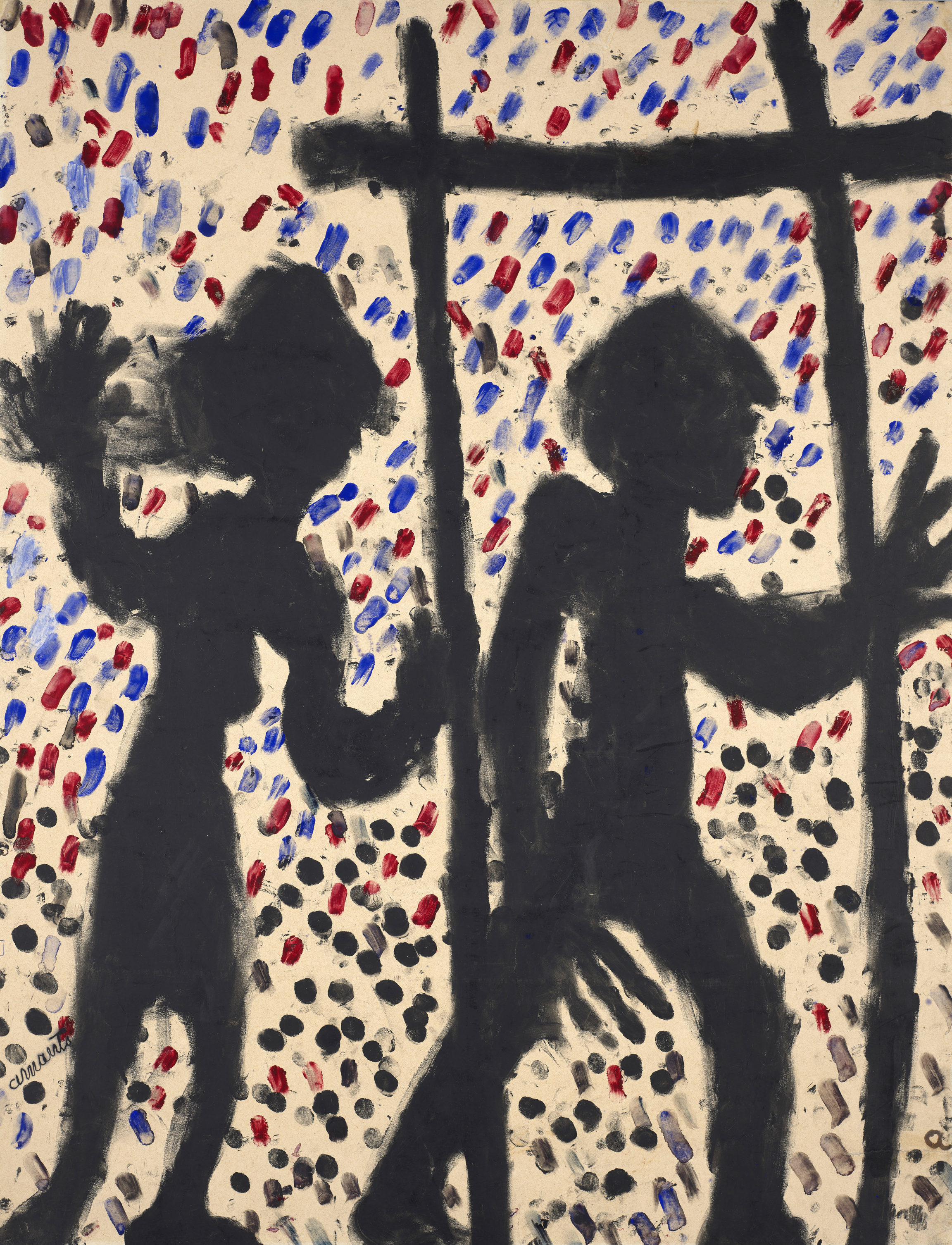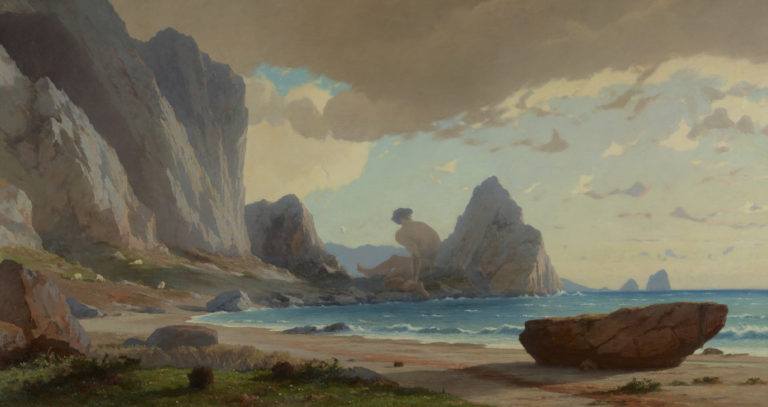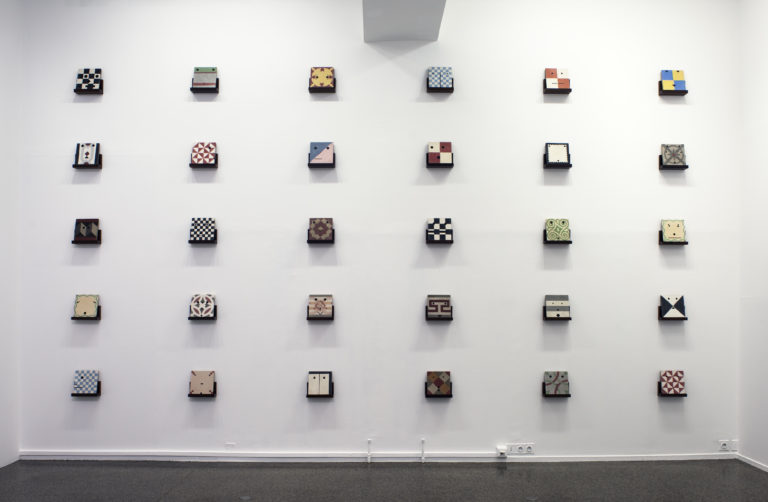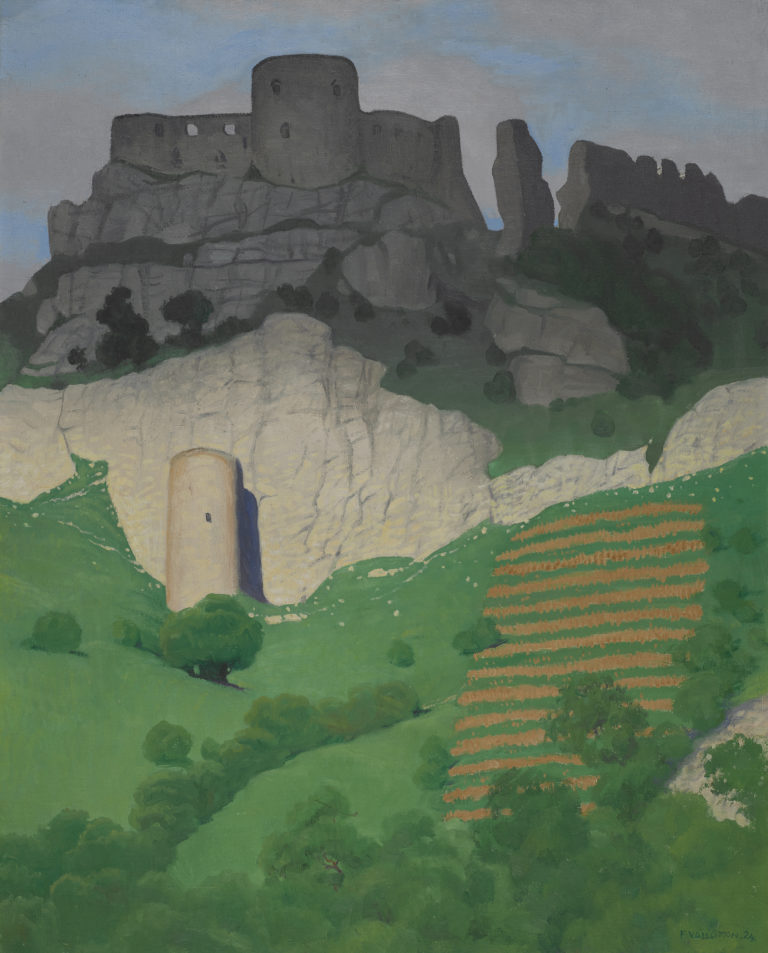Bibliography
Julie Borgeaud (ed.), Louis Soutter. Le tremblement de la modernité, exh. cat. Paris, La Maison Rouge, Fondation Antoine de Galbert, Lyon, Fage, 2012: 119.
Hartwig Fischer (ed.), Louis Soutter (1871-1942), exh. cat. Basel, Kunstmuseum, Lausanne, Musée cantonal des Beaux-Arts, Lausanne, Collection de l’art brut, Ostfildern-Ruit, Hatje Cantz, 2002: n. 191.
Michel Thévoz, Louis Soutter. Catalogue de l’œuvre, Lausanne, L’Âge d’Homme, Zurich, Institut suisse pour l’étude de l’art, 1976: n. 2720.




Louis Soutter captures images in movement, freezing them for all eternity. A constant flux of black silhouettes, doomed to eternal rootlessness, are forced to keep going and exist in a world tainted by original sin, in which no desire can be sated and no rest can be found. While Soutter’s earlier mannerist paintings depicted women as threatening, emasculating figures and men as their terrified victims, his finger paintings bring the two sexes together in a primitive human society that is prey to the same pitiful fate, subject to the same fears and driven by the same instincts.
Amants. Aurons-nous? un logis d’hiver depicts a couple wandering aimlessly, in search of shelter, freezing as the snow falls. The man, shown in profile, is walking ahead of the woman, entering a gateway; the woman, seen head-on, is following him but seems to be hesitating on the threshold, her arm raised as if in warning.
The painting reveals the new artistic vocabulary developed by Soutter in his final years. He moved on from filling the surface with a network of lines connecting the figures and ornamentation in a tight-knit web. Now, compact, roughly sketched bodies are positioned in space fleshed out by a few elementary symbols – lines at right angles that sometimes cover the surface like a grid, arabesques that curve and sweep the characters up in their waves, black and coloured dots dabbed on with the finger in chains or a dense scattering filling up any empty spaces. In the late 1930s, Soutter, like other modernist painters, especially his contemporary Paul Klee, sought the utopian possibility of reactivating a universal language of art reaching back to the very origins of mankind.